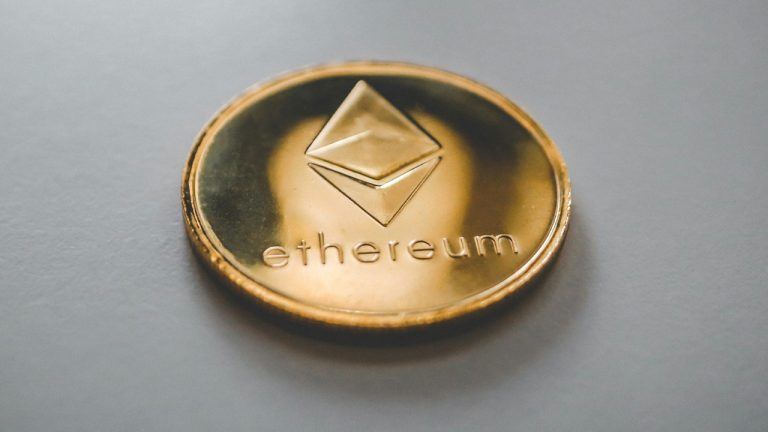ARTICLE AD BOX
The impact of blockchain on technology and society can not be overstated. Since entering the picture following the discovery of Bitcoin in 2009, the blockchain has influenced many industries, even as it’s become a vital institutional technology itself. Blockchain technology has disrupted institutions and traditional social systems across the globe, creating new economies and incentives that have filled gaps left unattended by conventional institutions.
Drew Pascarella, a senior lecturer of Finance at Cornell University opined that “Blockchain has the potential to be quite disruptive and make the way people work fundamentally more transparent and collaborative in the future.” This opinion is a general consensus across the industry.
The global blockchain technology market was valued at $17.57 billion in 2023. This figure has grown to $27.84 billion in 2024 and is poised to reach $825.93 billion by 2032. The CAGR in this forecast period is 52.8%. Figures like these show how far blockchain technology has come, an evolution that we’ll be discussing in this article. Some diverse applications of this disruptive technology include Layer-1s, Layer-2s, and Real-World Assets (RWAs) and these are what we will be focusing on — highlighting the growth through some key projects.
Understanding Blockchain Technology
The blockchain is a decentralized ledger technology that records transactions across multiple nodes (re: computers) within a business network. Before the advent of the blockchain, transactions, and record-keeping in industries suffered from vulnerabilities like fraud and cyber-attacks. A limited level of transparency also affected the operations and bottom lines of businesses in different sectors. All these have since been drastically reduced or eradicated with the introduction of blockchain technology. Now there’s greater trust, improved security, and efficiency with faster transaction speeds becoming the norm.
Layer-1 Solutions
Layer-1 blockchains like Bitcoin and Ethereum provide the core infrastructure for the blockchain. These chains provide network security and process transactions with Bitcoin processing up to 7 transactions per second (TPS), while Ethereum processes around 15 TPS. Traditional payment systems on their part depend on banks and payment processors to facilitate transactions. Settlements for these transactions often take 1-3 business days to reflect depending on the banking institution and the type of transfer.
Layer-1’s are becoming increasingly important for cross-chain transactions. The need for communication and data sharing with other networks has seen the rise of interoperable platforms like Aptos and MANTRA Chain.
Aptos is a layer-1 community-driven network governed by the people who build on it. It leverages the novel Move programming language and a parallel execution engine to improve the throughput of transactions significantly. The blockchain processes approximately 160,000 TPS, validating them in under one second.
MANTRA Chain is a purpose-built layer-1 blockchain ecosystem that integrates RWAs into the blockchain space. According to Boston Consulting Group (BCG) research, the tokenized asset market will reach $16 trillion by 2030 (10% of the global GDP). Another study by Binance shows that the market value of tokenized RWAs has surged past $12 billion. This is proof that RWAs are quickly becoming a huge market with the MANTRA blockchain at the forefront of this niche offering an innovative solution: a permissionless environment where permissioned applications can flourish. This bridges the gap between traditional finance (TradFi) and decentralized systems.
Scaling Solutions With Layer-2
The blockchain trilemma is a term coined by Ethereum co-founder Vitalik Buterin, and it refers to the challenge of achieving three critical aspects of blockchain technology: decentralization, security, and scalability. The first pillar, security, is vital because only robust defenses can prevent and withstand malicious attacks. The peak of scalability is having blockchains accommodate an increased number of transactions and users, without a substantial increase in fees or slower transaction times. As highlighted in this article, decentralization is an essential feature of blockchain technology as control over a network is evenly distributed among participants, ensuring fairness and transparency.
Layer-2 solutions are solving this trilemma, and a great example of this is Metis. Metis is an Ethereum layer-2 Rollup platform that offers simple and fast smart contract deployment within the network. Metis provides solutions to some of the big challenges present on the Ethereum network, including transaction speed, cost, and scalability. This layer 2 is also the first Optimistic Rollup that has achieved sequencer decentralization, eliminating single points of failure and properly aligning incentives between all network participants.
Privacy and Censorship Resistance
The need for privacy and censorship resistance has seen the rise of privacy-preserving cryptocurrencies like TOMI. TOMI is the native token of tomiNET, a parallel worldwide web designed as an alternative to the government-controlled and censored web. It is targeted at users in locations where their access to open information is limited, or where businesses cannot ensure their domain-based property rights on the existing Web2 infrastructure. TOMI combines the best Web2 and Web3 technologies for a privacy-preserving, self-governing internet.
The need for blockchain interoperability
There are currently over 55 blockchains, and these networks communicate with each other, sending and receiving data and tokens are important, especially in today’s blockchain landscape. This is blockchain interoperability. Emerging blockchains with unique features and use cases must be able to communicate and share data. This allows for seamless collaboration between different networks, thereby improving the overall utility and efficiency of blockchain technology.
While most layer-1 blockchains don’t inherently support cross-chain interoperability, Aptos champions building a flexible and adaptable infrastructure, allowing for potentially easier integrations with cross-chain protocols. Because MANTRA is a blockchain designed for RWAs, it likely focuses on the interoperability between TradFi systems and blockchain networks. As an Ethereum layer-2 solution, Metis inherently offers interoperability with the Ethereum ecosystem. And even though tomiNet’s main focus is creating a censorship-resistant internet, it will likely adopt interoperability features that ensure seamless communication between its network and the existing Web2 infrastructure.
Conclusion
The blockchain industry continues to grow, and the technology is marked by innovative projects like the ones mentioned in this article. These platforms offer unique solutions to the challenges of scalability, security, and decentralization on the blockchain, as they shape a more inclusive and digital ecosystem.
 1 month ago
32726
1 month ago
32726









 English (US) ·
English (US) ·